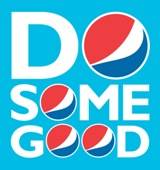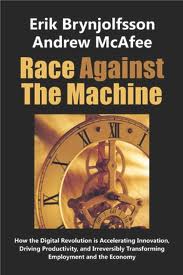 Moving your organization's data to a cloud server might be a good idea at this time. There are several advantages to working off of a cloud server and a few drawbacks.
Some advantages to going to cloud computing:
Moving your organization's data to a cloud server might be a good idea at this time. There are several advantages to working off of a cloud server and a few drawbacks.
Some advantages to going to cloud computing:
Accessibility is generally improved through cloud storage. You can access data from anywhere that you have internet access.
Security on cloud storage services is up to the standard of where ever you have your cloud. Google and Amazon have some of the best experts on digital security in the world for instance and using a cloud operated by them gives you a greater degree of safety for your data.
The Capacity of cloud storage is very flexible and is expandable with comparative ease. The fact that cloud storage servers will never need to be upgraded or replaced does save you capital expenses as well as man hours.
The downside:
You don't own it and you have to play by someone else's rules. If you are using a smaller company, please, make sure to check out their backup plans, security measures, and records regarding downtime and maintenance schedules.
It may be hard to use cloud servers with certain types of databases or other programs and as such may present an integration issue (ticketing systems, development programs, etc). Make sure you have a plan to get the information from point A to point B if necessary.
In event that you don't have access to the internet you are completely cut off unless you back up to a physical source onsite. It can be distressing for obvious reasons if your internet service goes sideways and you end up with multiple idle employees until it is restored.














